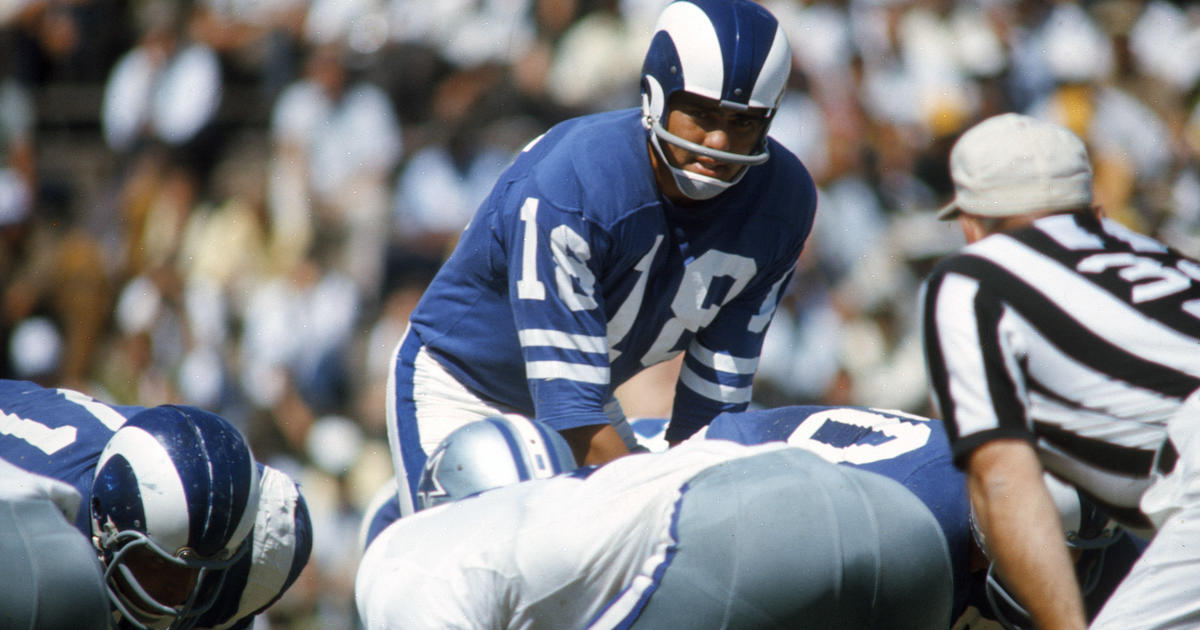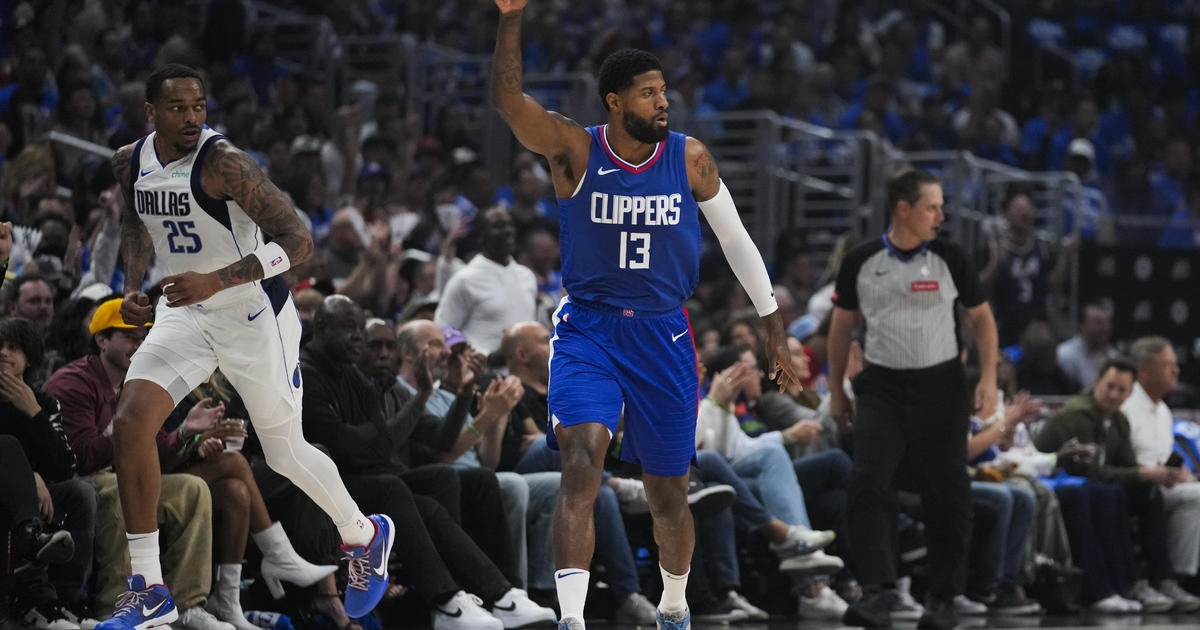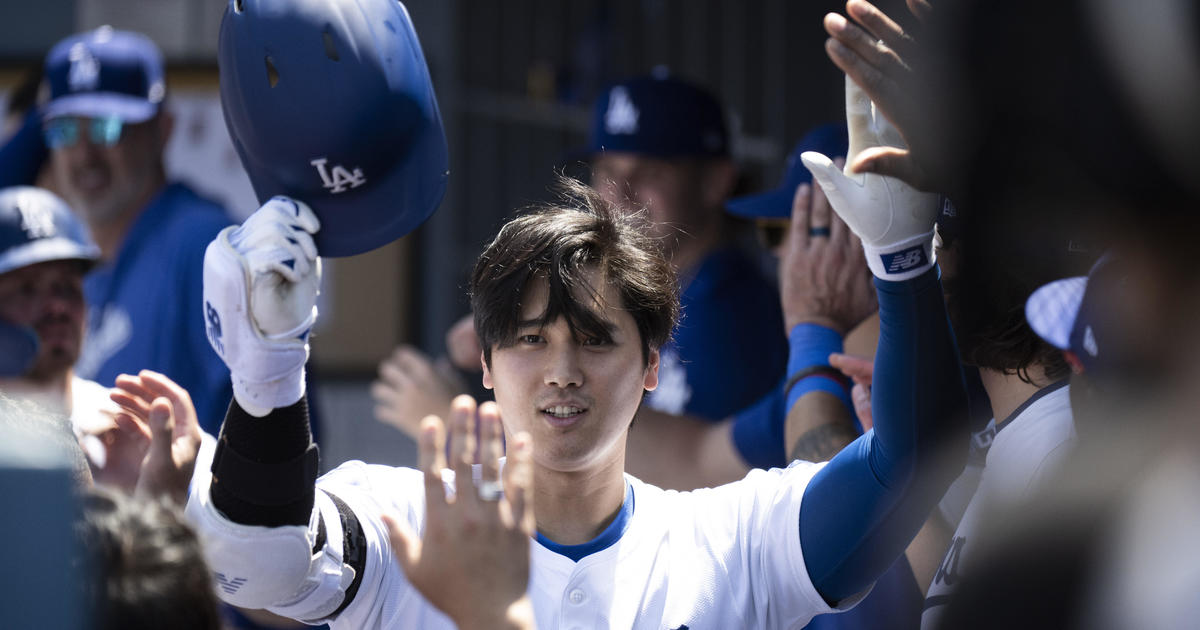Heisman Winners Who Were Duds In The NFL
The Heisman Trophy is more than a symbol of collegiate accomplishment. The award, apart from recognizing an extraordinary season for a college football player, is seen by some as a gateway to bigger and better fields — namely the gridiron of the NFL. College players pursuing the pros are inevitably faced with drastic, and in some cases, unexpected transition to a new level of challenge. In many cases, obviously, none of these players catch the eye of NFL coaches and managers quite to the degree as the one player who claims the top spot of their final collegiate season.
However, just as often, these Heisman winners, who so splendidly mastered the collegiate system through their careers, are unable to continue or live up to their high expectations.
We take a look at some of these Heisman winners who never quite succeeded in the NFL.
Matt Leinart, USC
The 2004 Heisman winner, Leinart's junior year saw 3,322 yards, 33 touchdowns and six interceptions, earning him a quarterback rating of 156.5. Leading the No. 1 USC juggernaut to the BCS National Championship, with a (now-vacated) 55-19 win over No. 2 Oklahoma at the Orange Bowl, the Trojans marched, almost easily behind the Leinart's arm, to an undefeated season. After electing to return to college for his senior year, Leinart, who almost certainly would have been the No. 1 overall pick in 2005, instead was drafted 10th overall in 2006 by the Arizona Cardinals. In 2006, the left-hander threw 11 touchdowns and 12 interceptions through 11 starts, earning a quarterback rating of 74. The following season, starting only five games under center, Leinart threw two touchdowns to for interceptions, managing 647 yards and a 61.9 rating. Jumping around teams, including the Houston Texans, Oakland Raiders and Buffalo Bills, Leinart's most recent stint in the public eye was for a commercial, in which he jokes, perhaps with a grain of salt, that he can go back to college.
Steve Spurrier, University of Florida
In 1966, Spurrier threw for 2012 yards, 16 touchdowns, and eight interceptions for a 132.2 quarterback rating, stats high enough at the time to win him the Heisman. This was, in part, because he had broken a number of school and conference records of that day and age. Selected third overall by the San Francisco 49ers in 1967, Spurrier saw more time as a punter than he did as a quarterback, punting in 106 games over his first five seasons. Comparatively, he started a total of 26 games at quarterback over nine seasons in San Francisco. Then, in 1976, Spurrier was traded to Tampa Bay, where he would make history in a way that his collegiate-self nine years earlier would never have believed. Starting in 12 games, Spurrier led Tampa Bay to an atrocious 0-14 season, marking one of the worst NFL squads of all time. His playing career came to an end with 40 touchdowns and 60 interceptions, though he would go on to greener pastures as a coach. Taking the helm of teams like Florida, Georgia Tech, Duke and South Carolina, Spurrier has coached a 222-82 record, winning a national championship with the Florida Gators in 1996, and eight SEC Eastern Division championships.
Rashaan Salaam, University of Colorado
Breaking school records in 1994, Salaam rushed for 2,055 yards on the ground and scored 24 touchdowns. This was explosive over his 1993 season, in which he rushed for 844 yards and eight touchdowns, and he easily took the '94 Heisman. Picked 21st overall by the Chicago Bears, Salaam's rookie campaign actually suggested he may be in line to go down as one of the greats by the end of his NFL career. In 1995, he rushed for 1,074 yards and 10 touchdowns through 11 starts at running back. However, he fumbled the ball nine times, and struggled with marijuana use and injuries, and 1995 would mark the peak of his career. In 1996, his numbers plummeted to less than 500 yards and three touchdowns, and in 1997, he rushed for just over 100 yards without finding the endzone at all. After spending a short amount of time with the Cleveland Browns, Salaam found himself playing for the Memphis Maniax of the XFL, the football league founded by the World Wrestling Federation. Like the league itself, Salaam, thanks to injury, lasted only one season, and he subsequently failed to make the Detroit Lions squad after tryouts. His professional career ended with a suspension by the Toronto Argonauts of the Canadian Football League.
Archie Griffin, Ohio State
The only player to win the Heisman twice, Griffin put up ridiculous numbers in 1974 and 1975. In '74, Griffin rushed for 1,695 yards and 12 touchdowns, earning him Heisman No. 1. In '75, Griffin shaved little off his impressive performance from the year before, rushing for 1,450 yards, though with only four touchdowns. After being selected 24th overall by the Cincinnati Bengals in 1976, Griffin's rookie season was also his best statistically, rushing for 625 yards and three touchdowns. He would not score a rushing touchdown again until 1981, the same season Cincinnati would take part in Super Bowl XVI. Throughout his seven total seasons in the NFL, he only ever broke the 100-yard mark in a game three times. After spending a brief time with the Jacksonville Bulls of the United States Football League, Griffin's playing career came to an end, and one of the greatest Heisman winners ever, admirably, returned to his alma mater to pursue a master's degree.
Ron Dayne, University of Wisconsin
Dayne was a no-brainer for the 1999 Heisman, having rushed for an unprecedented 6,397 yards through four years, scoring 20 touchdowns in 1999, (71 overall). Drafted 11th overall by the New York Giants in 2000, the power running back rushed for 770 yards and five touchdowns in his rookie season, in which New York was crushed 34-7 by the Baltimore Ravens in Superbowl XXXV. Sharing ball-carrying duties with Tiki Barber, a duo known as "Thunder and Lightning," Dayne became a source of frustration for Head Coach Tom Coughlin because of his weight. Transitioning somewhat to a goal-line back, Dayne saw his carries start to diminish in 2001, from 228 to 180. Dayne did not dress for a game in 2003, and Coughlin told him he had to lose 40 pounds to remain with the team. Although he accomplished this, Dayne saw his role in the New York offense shrink further, and the team eventually did not re-sign him for the 2005 season. Instead, Dayne tried his luck in Denver with the Broncos, where he had 53 carries for 270 yards and one touchdown. Then, in something of a final charge for Dayne's career, in December 2006, he rushed for 429 yards and five touchdowns for the Houston Texans, including a role in the highly publicized upset over the Indianapolis Colts. His final season came in 2007.
Andre Ware, University of Houston
After a gargantuan 1989 season saw him throw for a remarkable 4,699 and 46 touchdowns, Ware cruised to the '89 Heisman, becoming the first black quarterback to win the award. After being drafted with the seventh overall pick by the Detroit Lions in 1990, it was highly anticipated that Ware would continue his college dominance in the NFL. Instead, Ware played in four games in his rookie year, throwing for 164 yards and one touchdown. Over his four seasons in Detroit, Ware managed 1,112 yards and just five touchdowns, while throwing eight interceptions. Ware then jumped over to the CFL, where he saw equal disappointment. The height of his career came in 1997, when his team, the Toronto Argonauts, won the Grey Cup behind fellow Heisman winner Doug Flutie.
Terry Baker, Oregon State
A two-sport athlete at OSU, Baker's collegiate football career overshadowed his basketball efforts, especially in 1962, when he became the first player on the West Coast to win the Heisman. His 1962 season included 1,738 yards passing, 15 touchdowns and a 146.5 quarterback rating. He remains the only player in college football history to win the Heisman, the Maxwell Award and Sports Illustrated's Sportsman of the Year, all in the same season. Unlike many other Heisman winners in this list, Baker was selected with the first overall pick in the 1963 NFL draft by the Los Angeles Rams. With high expectations, many anticipated a long, prosperous and impressive professional career. What they got was three seasons, 154 passing yards and no touchdowns while throwing four interceptions. Throwing just 21 passes in his career, one of the most dominant Heisman winners of his day was then used as a running back, where he managed just 164 yards. Baker's final playing days were with the Edmonton Eskimos of the Canadian Football League. His No. 11 jersey was retired by Oregon State. He later went on to practice law.
Charles White, USC
Another Trojan, White is only the second player in Rose Bowl history to be named Player of the Game more than once. The evolution of the Pac-8 into the Pac-10 only seemed to fuel the physically smaller White into a fiercer competitor, rushing for 1,859 yards and 13 touchdowns in 1978, and 2,050 yards and 19 touchdowns in 1979. His '79 season, in which he averaged 6.2 yards per carry, earned him the Heisman, and ultimately a 27th overall pick by the Cleveland Browns. The transition, among other issues, hit White hard in his rookie year, as he rushed for 279 yards and five touchdowns. His 1981 season saw him earn 342 yards with one touchdown, while he fumbled the ball eight times. Due in part to a cocaine addiction, White's four seasons in Cleveland earned him less than 1,000 yards and 3.4 yards per carry. He was released before the 1985 season. White would receive a second chance, however, under his former coach, John Robinson, who had become the head coach of the Los Angeles Rams. After two more disappointing seasons, in 1987, White displayed what may be seen as a single season of what could have been with a player of such talent. White rushed for 1,374 yards and 11 touchdowns, earning him the NFL Comeback Player of the Year Award, as well as a Pro Bowl selection. It was the last shining of a star whose promise was bright but tragically fizzled out, due in part to poor decisions.



